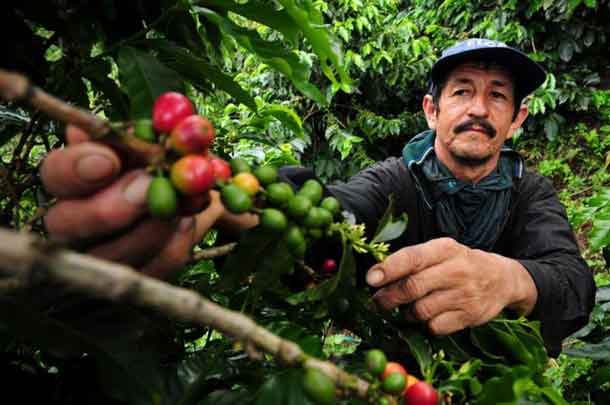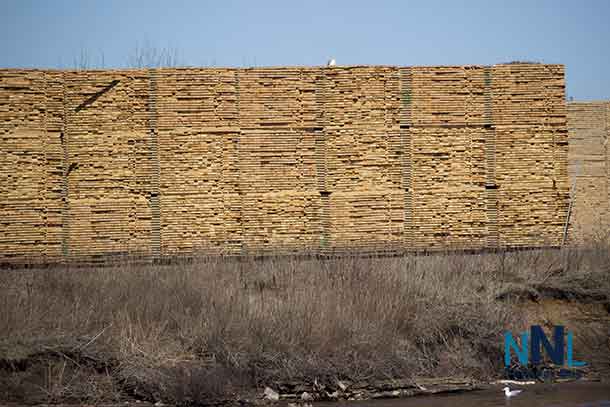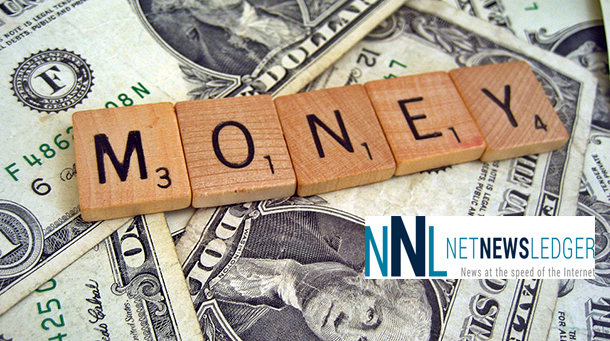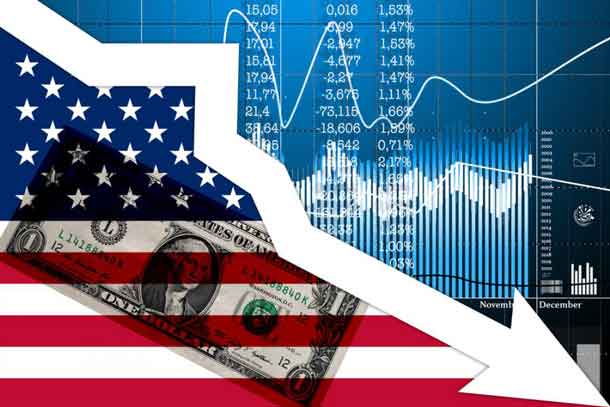Thunder Bay – LIVING – Prices for many things have increased during the past year.
You can see the impact of this as the inflation rate is starting to show the impact of higher prices as it increases.
Statistics Canada reported that the Consumer Price Index (CPI) rose 4.1% on a year-over-year basis in August, the fastest pace since March 2003, up from a 3.7% gain in July.
The increase in prices mainly stems from an accumulation of recent price pressures and from lower price levels in 2020. Excluding gasoline, the CPI rose 3.2% year over year.
The monthly CPI rose 0.2% in August, down from a 0.6% increase in July. On a seasonally adjusted monthly basis, the CPI rose 0.4%.
Natural Gas Prices Soaring
This winter the cost of heating your home with natural gas could be spiking.
“Last September’s spot price for natural gas was $1.92 USD/MMBtu. This month, even before winter, the avg is $5.00 MMBtu with prices surging this am to $6.24,” according to Dan McTeague, who monitors gas and fuel prices.
 Gasoline Prices Climbing
Gasoline Prices Climbing
Year over year, gasoline prices rose 32.5% in August, according to Stats Canada. This was mainly driven by lower production from oil-producing countries compared with pre-pandemic levels. Also contributing to the year-over-year increase were the low price levels observed in August 2020.
Gasoline prices rose 0.4% month over month in August. Upward pressure on prices near the end of the month—as some offshore production was suspended due to Hurricane Ida—was partially offset by slowing global demand due to concerns associated with the rise of the Delta variant of COVID-19.
Cotton Prices Jump 28 per cent
The price of a pair of jeans is likely to be headed up too. US Cotton futures are over US$1 a pound for the first time in ten year. Adverse weather and shipping snags have impacted the supply and this is going to be driving up costs for clothing around the world.
The price of cotton has jumped by 28 per cent this year as continued disruptions in supply supplies from the pandemic and logistics chaos spurred by rising freight costs.
Higher cotton fiber prices means the cost to make clothing will be on the rise. Retailers may try to pass those expenses on to customers, resulting in inflation for everything from tee-shirts to jeans.
Those comfortable Levi jeans and Wrangler jeans that so many people love are likely to cost a lot more.

CREDIT – Photo by Neil Palmer (CIAT).
Coffee Prices Climbing
The price of a cup of coffee is set to soar too. Crop failures in Brazil and other producing regions has made for a shortage as demand has continued to increase.
$1US per pound has been the normal price for coffee futures. That is the cost for large-volume buyers who agree to pay for coffee upon delivery in the future.
That represents a doubling of the price since in July.
Coffee prices at the wholesale market have now his high costs not seen since 2014.
Coffee drinkers are already paying $8us or more for a bag in the supermarket or up to $5us for a cup for specialty coffees at major shops.

Lumber Prices have Dropped
There is a bright spot for consumers. The price of lumber has levelled out back to pre-pandemic prices in many cases.
While the price of a 2×4 spiked to over $12CDN at the height of the price spike, that price in Canada is now down to about $4CDN.
The main reason is economic. At the highest prices, consumer demand dropped. When demand dropped, prices fell.
Developing…







